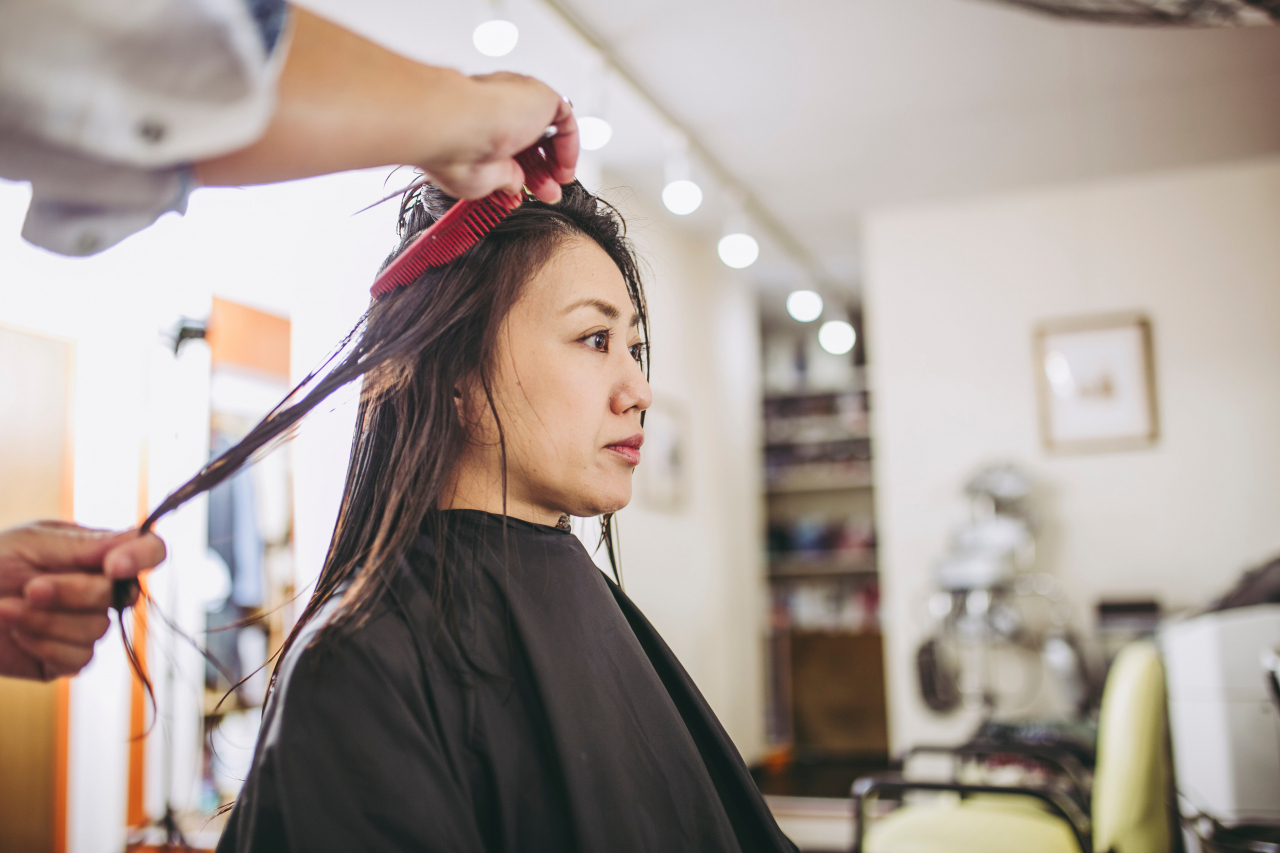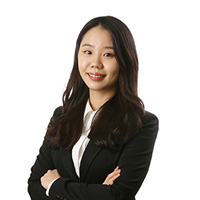[Survive & Thrive] Like my hair? Get yours done at a Korean hair salon, if you know how
Discover Korea's secret to perfect hair
By Song Seung-hyunPublished : April 30, 2024 - 15:16

If you thought perfect hair was only possible in Korean dramas or on K-pop stages, you might be surprised to see so many Koreans on the street with voluminous, perfectly styled hair.
The secret may lie in Korean hair salons, or rather, in their abundance.
According to KB Financial Group's Management Research Institute, the number of hair salons in Korea, including barber shops, surpassed 110,000, as of September 2020. This translates into 21.3 salons per 10,000 people.
To put this in context, the institute compared it to the US figure, which stood at around two salons per 10,000 people.
Visiting hair salons is a common part of life in Korea, but it requires a good understanding of the rules, unspoken expectations and other nuances. Misunderstanding these might lead to customer complaints or even disputes.
Choosing the right shop
There are generally three types of hair salons in Korea.
“Miyongsil” are the most common type of hair salons that welcome customers of all ages and genders looking to try out a new hairstyle.
“Ibalso” are traditional-style barbershops that cater primarily to older male clientele and also offer shaving services.
Younger men looking for a stylish short haircut may opt for a shop called by the English word “barbershop” here, as the hair stylists there are usually more specialized in short cuts for men.
Miyongsil stylists tend to excel in longer hairstyles and various treatments such as perms and dyeing.
When selecting a hair salon, it's crucial to check the pricing beforehand, as it can vary significantly across different shops. The price range for different treatments is usually displayed outside each shop.
Beware of extras
Before you settle into the salon chair, make sure you’re aware of the expected costs.
Under the law, hair salons are required to disclose the price of individual services and total cost up front for customers getting three or more services.
So if you're planning to get a haircut, perm and damage repair treatment, the salon must break down the price of each service and provide a combined total beforehand.
However, this law doesn't apply when offering just one or two services.
Another common area prone to disputes, often stemming from the final bill being much higher than expected and leaving the service recipient feeling ripped off, is the surcharge system that most shops have based on hair length.
In short, if you have long hair, you can expect to be charged extra on top of the standard service fee. And this surcharge can be substantial, even surpassing the cost of primary services.
The method of determining the surcharge amount varies depending on the shop’s policy. For instance, some shops don’t impose a surcharge for those just receiving cuts. Some may apply different surcharge amounts, based on very detailed criteria for hair length such as “jawline length,” “shoulder length,” “collarbone length” or "reaching the middle of the back."
Also, hair stylists recommending additional hair care services or products, expressing concerns that treatments like perms or dyeing may damage your hair, is quite common in Korea. Remember, it's perfectly okay to decline these recommendations.
Disputes over the costs of hairdos are easy to find on social media, often with customers concerned about whether they have been overcharged.
A recent example emerged on April 18 when an online forum user posted the bill received by their friend from Japan who was visiting Seoul.
The receipt from a hair salon in Seoul shows charges for a "Perfect 4D Chanel Perm" for 449,000 won ($325.94) and a "No. 1 Secret Young & Rich Shine" service for 350,000 won, with the total bill coming to 799,000 won. The friend said that the first service had been for a perm, while the second had been for a haircut.
The post also mentioned that the salon had offered to sell the man a hair product for 500,000 won, which he declined.
"I believe this constitutes a rip-off," the friend wrote in the forum post. The post was removed shortly thereafter, with a message stating that an "amicable agreement" had been reached.
Communicating about style
Nowadays, most hair salons, including well-known chains like Juno Hair, Chahong Room and Lee Chul Hairkerker, as well as smaller establishments, offer reservations, mostly through Naver. Often, it is nearly impossible to go on weekends without a reservation.
Since many Koreans have straight or slightly wavy hair, getting a perm in Korea typically means opting for wavy hairstyles that give more volume, unless you specifically request a “straight” perm.
For men with short hair, it is trendy to get a "down” perm, which actually reduces hair volume and makes styling easier by preventing shorter hair from sticking outwards.
But of course, the easiest way to communicate your desired hairstyle is through pictures. Shops provide photo books with various styles for customers to choose from, making communication about styles straightforward. Many Koreans show stylists pictures of celebrities when they are seeking a specific hairstyle, so don't hesitate to do the same.
Most upscale hair salons provide free head massages and shampoos. Free snacks and drinks are also provided.
At the end of the service, the hair stylist may ask, "Do you have any plans after this?" This question helps determine how much styling you would like in an indirect way.
If you want your hair fully styled or blow-dried, simply say, "Yes, I have plans."
Survive & Thrive is a weekly series offering a guide to living in South Korea for those born outside of the country. – Ed.








![[KH Explains] Hyundai-backed Motional’s struggles deepen as Tesla eyes August robotaxi debut](http://res.heraldm.com/phpwas/restmb_idxmake.php?idx=644&simg=/content/image/2024/05/16/20240516050605_0.jpg&u=20240516155018)


![[Graphic News] UK tops global chart for child alcohol use](http://res.heraldm.com/phpwas/restmb_idxmake.php?idx=644&simg=/content/image/2024/05/15/20240515050228_0.gif&u=)







